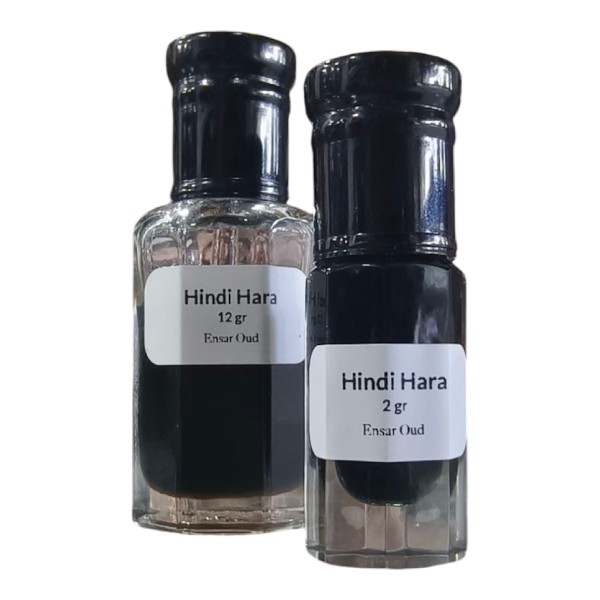The perfume industry uses well tested blueprints to make their flagship fragrances. Perfumers know which ingredients work, don’t work, and they know which ones work better than others.
Like pop music, they know which kinds of vetiver smell more catchy, have a wider appeal, are more soulful, or which ones go better with citrus or rose.
But — like pop music – they all smell boringly similar.
There are industry favorites for many scent notes that get used across the board by different brands. The same muscone is used for most musc perfumes, Black Agarwood Artificial is the backbone of all oud perfumes, and so on.
So, it’s no surprise to find that many of the most famous vetiver perfumes smell strikingly similar — or at least, share the same vetiver heart. And it’s nice. Centuries of perfumery have narrowed down which vetiver smells best, provokes the most love, and brings in the most money.
You might be as allergic to mainstream synthetic perfumes as I am, but I think you’ll agree that the vetiver-centered ones smell OK. Sometimes, quite bearable. Now and then, quite nice.
That’s because the vetiver is probably real. Or, because the isolate has been fine-tuned to echo the freshness of a particular kind of vetiver smell: this smell.
Just as Indian or Cambodian oud defines what ‘oud’ means to many people, Indian vetiver is the quintessential khus.
Also like Indian and Cambodian oud, much of the khus is cheaply made and smell bleh.
Hindi Hara is that crisp, piercing cut-grass mixed with syrup aroma that legendary perfumes want, and try their best to project. It’s because you smell echoes of this in the background, lurking behind fixateurs and carriers in those famed perfumes that give them appeal.
Only, this ain’t no echo. This is the real deal, 100% concentrated. A tiny dab and your mouth starts to water. One swipe and all the expensive perfumes-appeal go live without the cloying extras.


